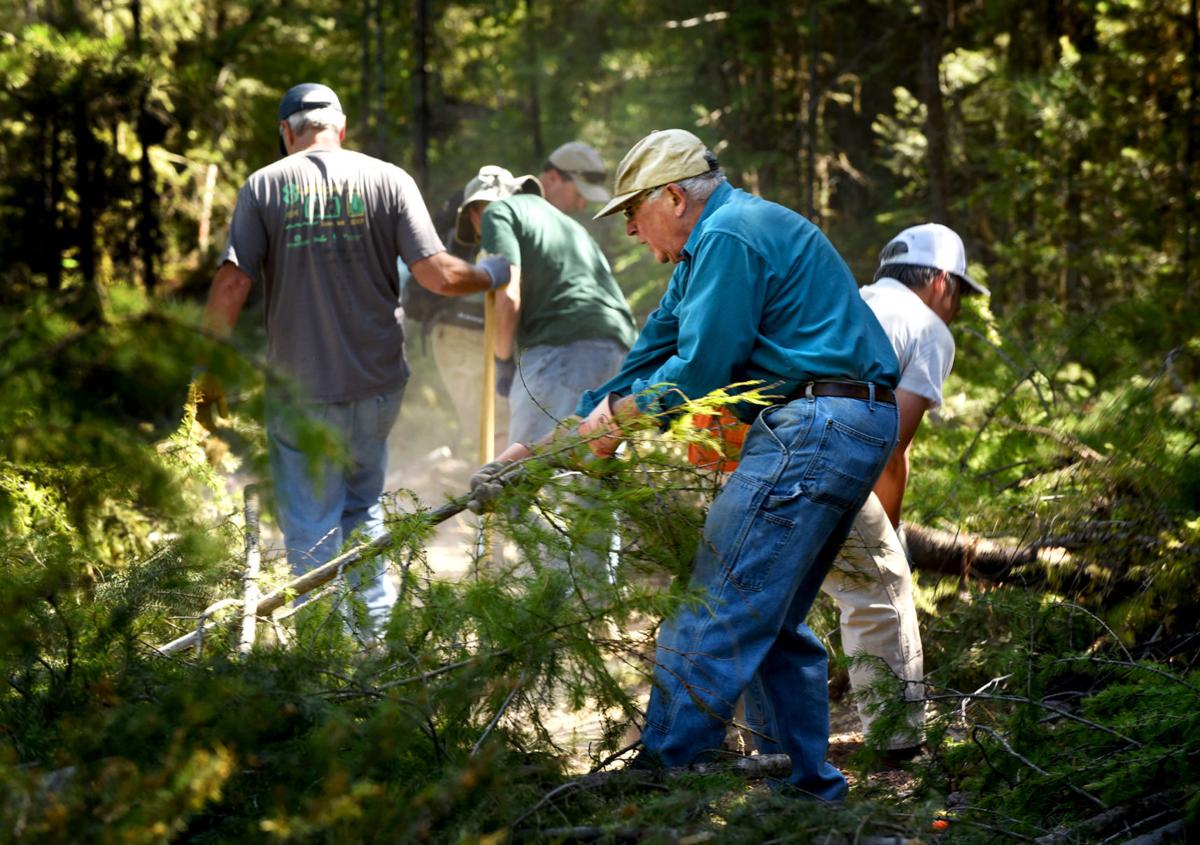I mentioned earlier how Rickipedia included me in this online group regarding that Riparian book on the Santa Cruz river right? Just before I left for vacation it inspired a burst of research from me when they showed me a chapter outline saying that there wasn’t consensus that there even WERE beaver in the Santa Cruz.
Deja Vu all over again!
Mind you the Santa Cruz is a tributary of the Gila river where James Ohio Pattie trapped so many beaver with his daddy that he changed the landscape for ever. He even wrote a book about it. And why wouldn’t the beavers, who were thick and crowded in the Gila, look for additional habitat upstream in the Santa Cruz and Riollito at its head? Besides, guess what’s just on the other side of the mountains of the riollito? The head waters of the Sonora river in Mexico where Frontador Mearns famously documented beaver in the 1700’s. He went on to name the subspecies of beaver after himself as a reward because why not (our state has three subspecies of beaver: the Golden, the Shastensis, and the Frontador.) If you believe in subspecies, which I don’t.
 So the author of the new book was trying to connect with Rick about how to find out whether beavers were native to the Tuscon Basin (think Phoenix) when there wasn’t a good record of bones in the area. What were some ways to go about it? And of course I piped in with the suggestion that he look up the tribal info of the ancient peoples who lived there, the Hohokam and the Anasazi.
So the author of the new book was trying to connect with Rick about how to find out whether beavers were native to the Tuscon Basin (think Phoenix) when there wasn’t a good record of bones in the area. What were some ways to go about it? And of course I piped in with the suggestion that he look up the tribal info of the ancient peoples who lived there, the Hohokam and the Anasazi.
Of course we have all heard of the Anasazi and their cliff villages, but I had never heard about the Hohokam and spent the day reading about them. Turns out their early settlements date from 500 a.d. and they are recognized for the unmatched canal system they built that allowed crops of squash, and corn to be grown and sustain literally thousands of people in

the desert. Apparently the canals were more extensive than anywhere in the northern hemisphere, and you’d have to go as far south as Peru to find anything similar. One researcher even noted that they were the first settlement in the country to grow and export cotton, long before the south got involved. When the Mormons moved in years later they were only too happy to finish off the indians and adopt their complex canals as their own.
No one knows how they learned to build and maintain such a complex canal system. But I have a pretty good idea, and you should too.

So I gave them my thoughts and the bits of research that had been found showing muskrat and marshland in the area. And this sparked a full discussion of whether beavers were good news or bad news in a desert. One researcher even bemoaned the loss of cottonwoods and referred to beavers as “Tree Predators” which made me giggle imagining a stealthy beaver creeping up on the unsuspecting tree.
So now there’s a full discussing of beavers and drought and climate change and its fun to read folks getting to similar places in their thinking even though beavers are always controversial, whether its among researchers or farmers. The main author who started this discussion is now suggeting that there be a new field of research about beavers and their effects, maybe calling it “Castorology” and forming an international group to study it!
Just think! We could all be founding members of the American society of Castorologists!













































